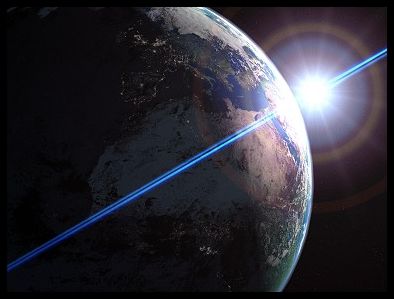
Solar System Astronomy
Prof. Scott Gaudi

|
Astronomy 161 Solar System Astronomy Prof. Scott Gaudi |
Jump to the Answers for [ Homework 1 | Homework 2 | Homework 3 | Homework 4 ]
[
Return to the Astronomy 161 Main Page
]
Homework #4